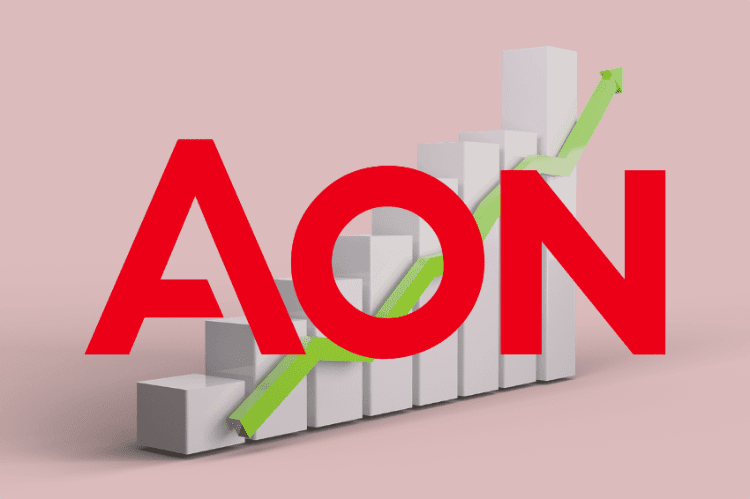Aon: Dramatic property cat shift at renewals. ILS capital at new $108bn high

Broking giant Aon has noted a buyers market for property catastrophe reinsurance at the April renewals, with flat to slightly down pricing and an environment where there has been a “dramatic shift” towards ample capacity, within which ILS market growth is a key factor.
Aon said that reinsurance market conditions have continued to ease since January 1st, resulting in a much better opportunity for buyers at the April 1st renewals where some 60% of Asian treaty reinsurance business renews.
The broker noted that renewal pricing was “broadly flat” for property catastrophe reinsurance, but that certain Asia Pacific markets and product lines “remained challenged and subject to a tightening in terms and conditions”.
These included, property per-risk reinsurance; industrial fire accounts; certain natural catastrophe loss-affected regions; and U.S. exposed casualty treaties, Aon said.
In Japan, property catastrophe reinsurance renewal pricing was “flat to slightly reducing”, Aon said, while South Korea, China and India also saw greater competition for catastrophe business, but to varying degrees.
Aon also noted that, at April 1st, facultative reinsurance was a focus, as reinsurers displayed an increased appetite for this business at the renewal, while new players continued to enter the market, such as managing general agents.
New reinsurance capital deployment opportunities were also seen in India, Aon reports.
George Attard, CEO of Asia Pacific for Aon’s Reinsurance Solutions, commented, “The April 1st reinsurance renewals were more predictable and generally favorable to reinsurance buyers. As mid-year renewals get under way for the catastrophe-exposed markets of Florida, Australia and New Zealand, reinsurers are indicating a strong appetite for catastrophe risk. We would expect the positive trend of the January and April renewals to continue at mid-year renewals, with adequate capacity for property catastrophe risks and enhanced pricing competition. Insurers looking to purchase additional limit will also find adequate capacity to meet their needs.”
Interestingly, Aon also reports today that global reinsurance capital is back near its previous high, at $670 billion at the end of 2023.
Strong reinsurer results and a recovery in asset values in 2023 helped here, but so too did insurance-linked securities (ILS) market growth.
In fact, Aon Securities now estimates that ILS capital grew by 7% in 2023, to reach a new all-time high of $108 billion at the end of the year.
Catastrophe bond growth will have been one driver of that, but the expansion in the fourth quarter from the $103 billion Aon had reported for the end of September 2023 figure, must include growth on the collateralized side of the ILS market as well, given the cat bond market alone did not add $5 billion in the final quarter of the year.
That new high of $108 billion may be eclipsed once Aon reports the next quarterly rise, as capital has been building in the ILS sector and is expected to continue to do so through to the middle of the year.
Looking towards the mid-year renewals, where Florida and the US are more the focus, Aon said that Aon’s earlier renewal discussions are happening on a significant number of U.S. mid-year renewals, which is a positive trend, with reinsurers said “ready to provide indications and secure capacity.”
Aon notes that it expects the market will see around $7 billion of additional demand from U.S. insurers for property catastrophe reinsurance limit at the mid-year renewals.
This is because programs are keeping pace with inflation and evolving views of risk, as well as the contribution from “a resurgent Florida market.”
Given the rise in traditional and alternative reinsurance capital and the interest being shown by investors, that additional demand is likely to be soaked up very easily and it increasingly seems the mid-year renewals will be a far more stable, perhaps even flat, environment compared to the prior year.





